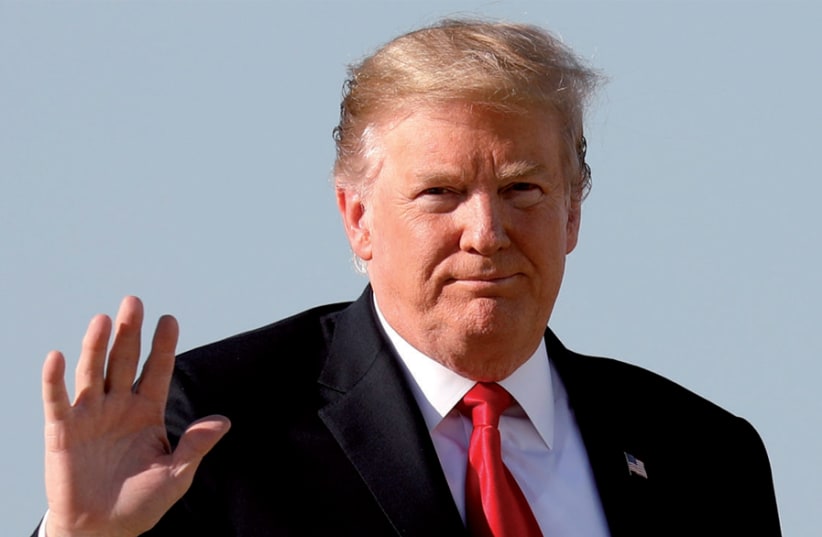White House releases detailed economic plan for Palestinian people
"These three initiatives are more than just a vision of a promising future for the Palestinian people—they are also the foundation for an achievable plan," the peace team promises in the document.
